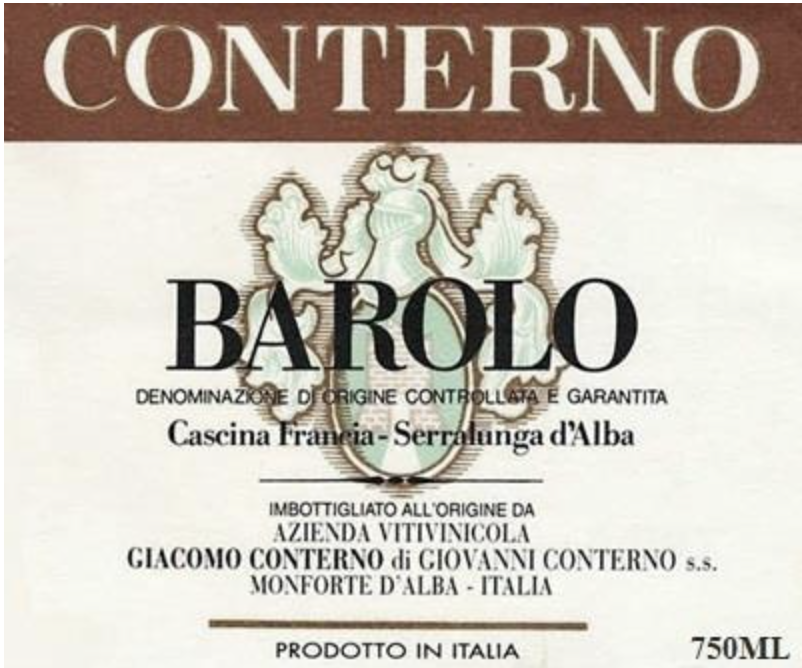Barolo Nebbiolo
Giacomo Conterno Barolo is a stunning expression of the Nebbiolo grape, hailing from the prestigious Barolo region of Italy. This full-bodied red wine showcases an alluring ruby color that deepens with age. The wine's acidity is notably high, lending it a bright, mouthwatering character that invites further sips. It exudes prominent fruit intensity, featuring vibrant notes of ripe cherry, plum, and subtle hints of rose petal, which are beautifully intertwined with layers of earthy undertones. The tannins are structured and firm, providing a solid backbone and ensuring excellent aging potential. With its dry profile, Giacomo Conterno Barolo exemplifies the finesse and complexity of Old-World wines, making it an exceptional choice for those looking to indulge in a classic Italian delight.
Giacomo Conterno Barolo is a stunning expression of the Nebbiolo grape, hailing from the prestigious Barolo region of Italy. This full-bodied red wine showcases an alluring ruby color that deepens with age. The wine's acidity is notably high, lending it a bright, mouthwatering character that invites further sips. It exudes prominent fruit intensity, featuring vibrant notes of ripe cherry, plum, and subtle hints of rose petal, which are beautifully intertwined with layers of earthy undertones. The tannins are structured and firm, providing a solid backbone and ensuring excellent aging potential. With its dry profile, Giacomo Conterno Barolo exemplifies the finesse and complexity of Old-World wines, making it an exceptional choice for those looking to indulge in a classic Italian delight.




